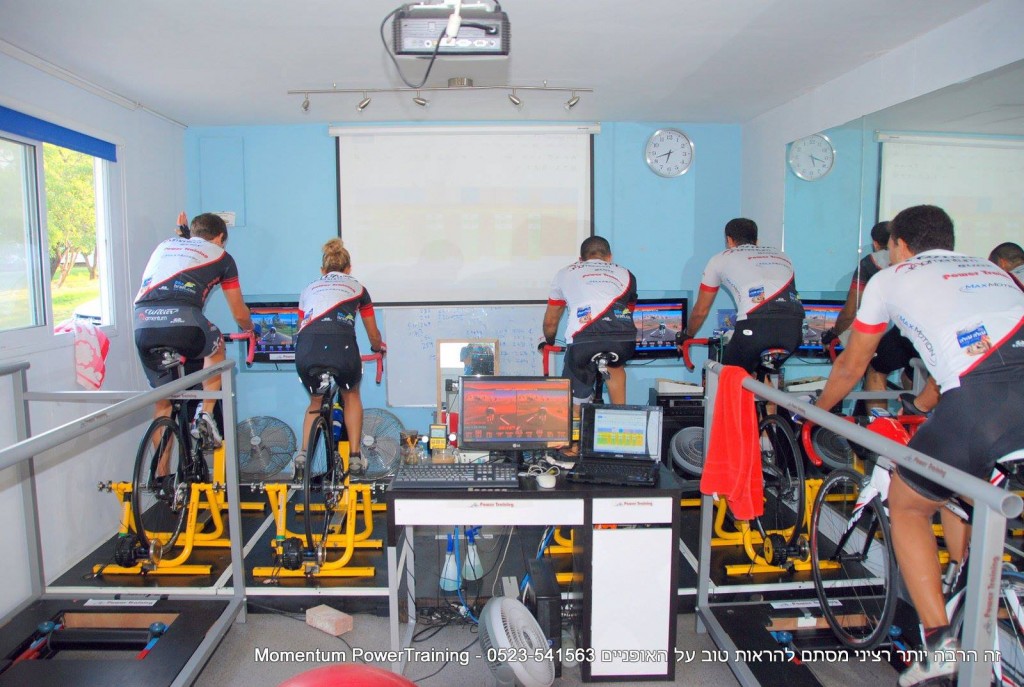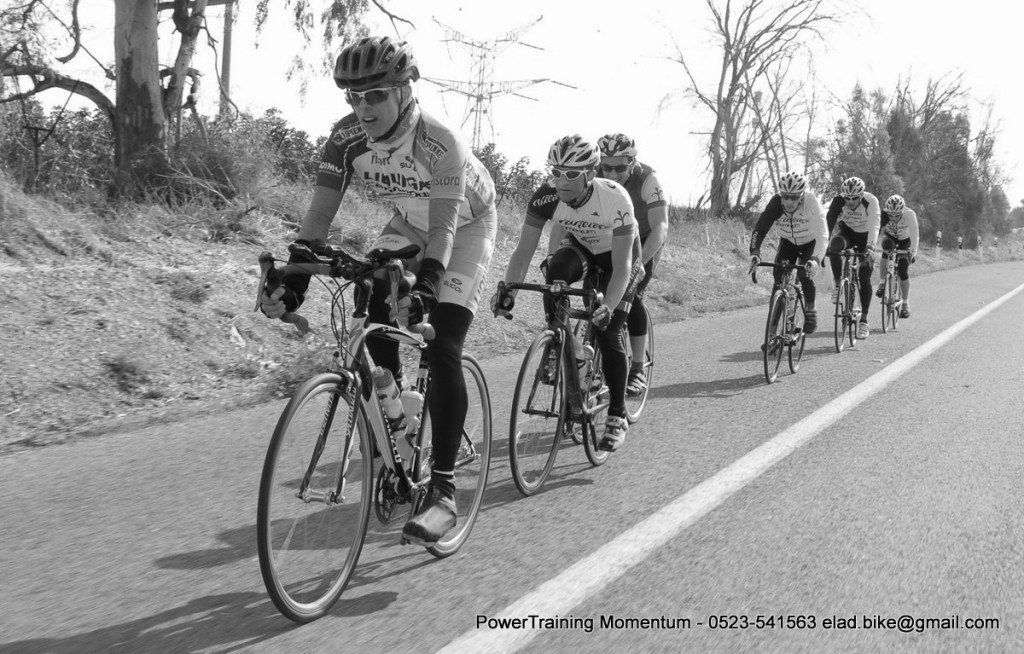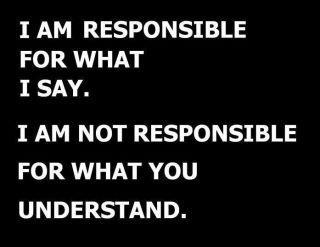Endurance trainings can be good and effective for whom? (For the Un Dope Endurance Athlete).
If you have not read the first Article – “The Lies Regarding
Endurance Training – Part 1 You are welcome to the Link
There are two types of people that Long Endurance trainings are right for:
1. Endurance athletes who are overweight and cannot seem to lose it.
The endurance workouts will help these people to lose weight by burning fat.
2 The second type (similar to the first type) who is it exactly?
The second type is an athlete who suffers from low self-confidence which comes from his inability to lose weight or/and maintain a steady weight &/or cannot maintain a permanent training schedule throughout a long period of time, i.e. a year.
You will be surprised to hear that there are also world class athletes that struggle with this issue (Jaen Ulrich is a perfect example). There is a professional world class athlete who specializes in Short Distance racing and during off season she trains close to thirty hours on the bike!
Why in the world would she do this?
Probably because she has a weight problems and self-esteem issues and the long Training is good solution for this.
The athlete feels more secure mentally by training more distances than less.
With regards to volume (for the two reasons mentioned above) it is important that you will understand why you need to do long distances. The effects of long distance training have never being prove to increase an athlete’s fitness level significantly.
Any amateur rider can ride between 30-60 km at the speed of 28 kph, where as an elite rider can do the same speed uphill for 3 hours. But what about riding the same courses at a higher speed?
The concept of “strong in the head” (iron will) or the opposite, “weak in the head” or (weak willed) does not work in this case.
Of course, there are athletes who have a better mental state than others. What the stronger and the weaker riders have in common is that their condition is not permanent, everyone has ups and downs. The idea is that in the end you need to keep a balance.
Proportion, Masters athletes as well as professional athletes need to make a logical goals. Lots of athletes are locked into demanding workouts, more than they planned on when they were setting their goal.
Why? Because the clock is ticking and they have no patience. We sometimes use sports to run from things we are not capable of dealing with or things we do not want to face. Everyone has his own story. If we run from our problems we will not progress.
Controlling passions, optimism and proportion will bring success to sports. In the famous movie “Forrest Gump”, the theme of running and sports show an important subject in American Culture.
In the first part, Forrest as a child was mentally and physically disabled with leg braces and later becomes a great runner. As he gets older due to his mental disability, people continue to pick on him. In spite of this, Forrest becomes an excellent runner in football in college.
Forrest throughout the movie is running from someone or something, whether it is from bullies or from death in Vietnam; where he saves his commander and best friend.
The last time Forrest runs, as opposed to the other times, when he ran for others, this time he runs for himself. Although he ran faster on the previous runs, he now runs slower and he has followers. The scene which was copied from the movie, “The Life of Brian” by Monty Python, has the crowd running around him and they asked dramatically “What now”? “What now”?
Forrest answers that he is just tired and wants to go home.
INJURIES
Athletes of all levels are wrong to think that a Short Intensity workout can bring injuries compared to long endurance workouts at a low Intensity.
One of the main reasons for young athletes quitting Sports is that they do too much Long Endurance workouts, and they focus too much on the big numbers and kilometers. They train a lot of volume and without improving speed or power.
In European races, Juniors Riders start racing at very young age and train a lot less Volume but race a lot more.
I have met Juniors who train 25 hours a week and hardly finish the races in Europe.
So what will those Juniors do to be stronger ?
Is it practical doing 40 hours a week ?
It is more reasonable to go to college or to look for another Job,
Or – To start Focus More on Technique and Intensity Training
You can find a similarity between the young athletes mentioned above and Master athletes who do challenge races like the Ironman.
The stress put upon them before the races puts them and everyone round them into a vortex of professionalism until the day of the race. And than they stop training because they need to go on a half a year break and lose physical fitness – there is no symmetry – there is no balance.
Please Don’t Forget







